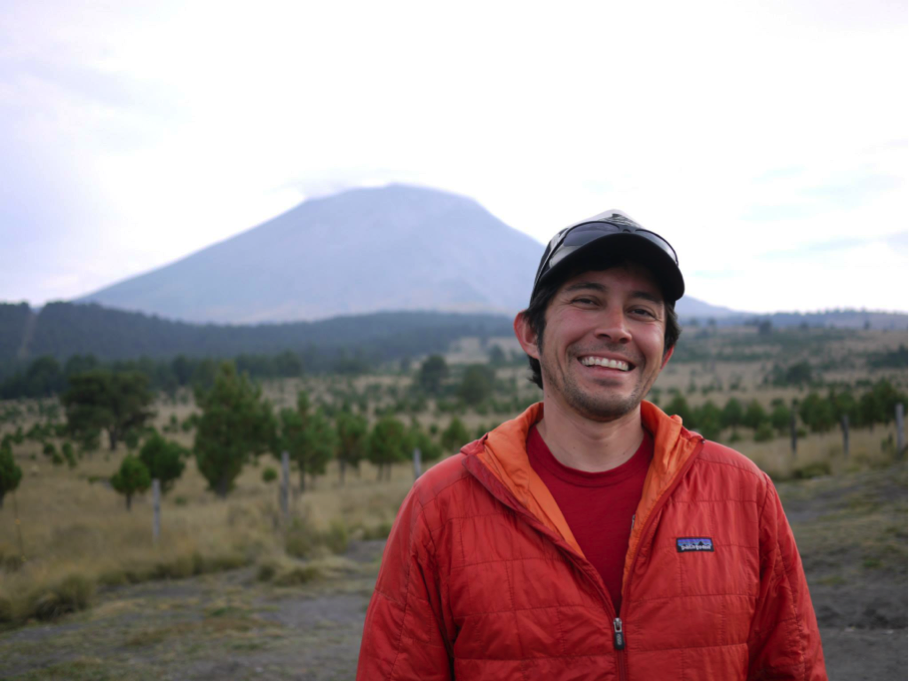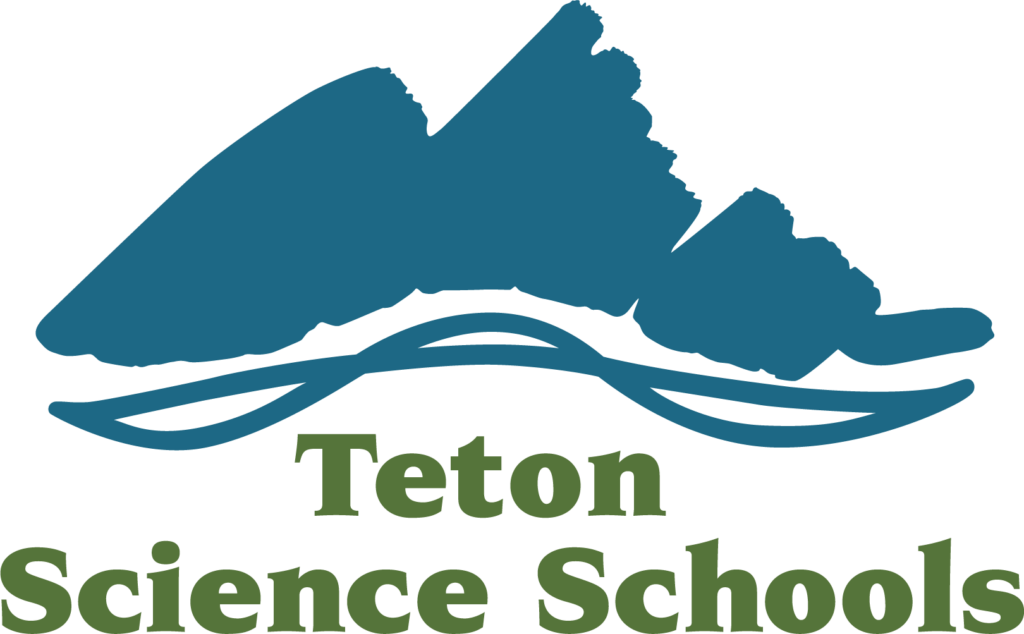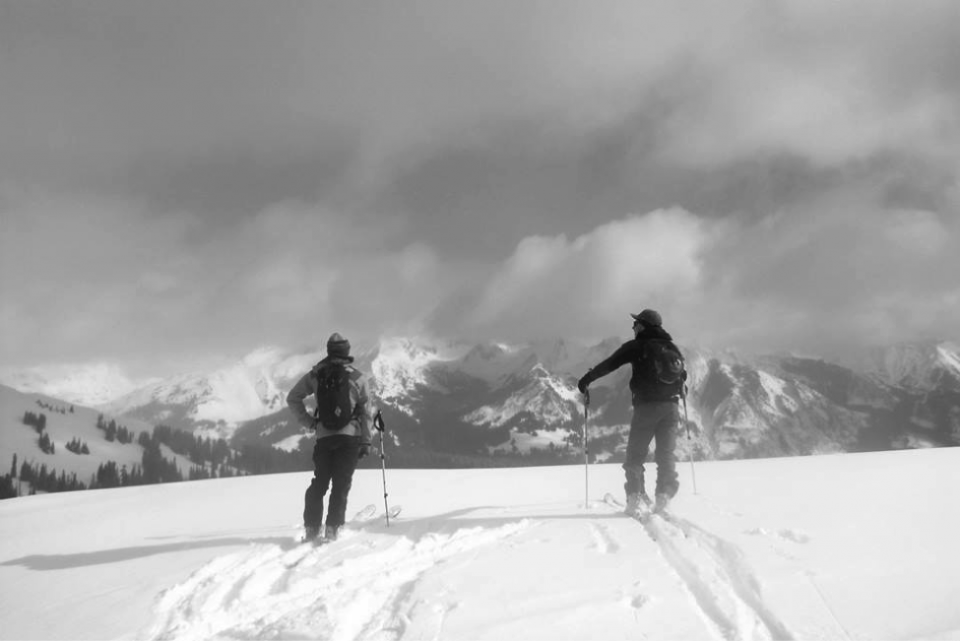
When your passion leads you to views like this, it’s important to ask yourself, “Who isn’t here?” and “How can I share this with them?”
As a Field Education faculty member at Teton Science Schools, my job consists of mentoring environmental educators, developing meaningful and impactful experiences for visiting schools and managing Summer Day Programs. I start with this because this is my job, the thing I am paid to do. I dedicate these hours every week to Field Education, a that cause I believe in, allowing me, in turn, to save for my future. When I’m not working, I dedicate a large portion of my free time to being outside hiking, biking, climbing or skiing. For a long time, I always treated these two aspects of my life as separate. When I’m outside playing, I’m not “on the clock,” but am on my own to explore beautiful places with good friends.
In both of these “lives,” I am often the only person of color present. I have chosen a profession and outdoor lifestyle that fills me with a sense of personal fulfillment but that is also strikingly homogenous. The reasons for this are varied and well documented. Rather than go into them here, I will leave it to the inquiring reader to dig a little deeper and research the “Why.” For those interested, I suggest a few articles such as this one by the National Resource Defense Council that examines the issue from a federal lands perspective. For a more immersive look into what these efforts mean for the future of the environmental movement at large, read Diversity and the Future of the Environmental Movement. For this blog, though, I want to focus on the “Now What?” portion of this issue.

For an ashamedly long time, I always considered my personal “outside” time as my own. I hiked, biked, climbed and skied with my Caucasian friends because they were my dear friends and we all loved the same thing. Aside from a small handful of close friends and family, all the people I associated with in my personal, professional and outdoor life all “looked” the same. I always knew there was a problem, I just didn’t see it as an issue I needed to deal with on my personal time. Instead, I worked my job in outdoor education, focused on connecting students to the natural world but not capitalizing on what made me truly powerful, as an educator, passionate outdoor athlete AND person of color.
In the past few years, I have been dedicating more and more of my personal and professional time to the issue of diversity in the outdoors. The issues of who visits public lands, who works on them, who cares for them and most importantly, who votes on their behalf, have all been on my mind recently. With this shift in my own thinking came a shift in how I treated my outdoor time. I realized that whenever I am out on a trail, be it in my free or professional time, and whether I like it or not, I represent people of color. It took me a long time to accept this fact. Sometimes, when I’m out, people see me as a brown man, and not simply as “Andres,” the guy laughing and smiling as he walks back to his car after a great day climbing in the mountains or teaching fire ecology to a group of excited 5th graders.
This is where the spheres of influence come in. I realized that the power I hold in all of these occasions is the ability to connect a certain community, in my case the Latino community, with their public lands. Public lands have the ability to inspire awe, wonder and respect and that is something that I can share with others.
 This has changed how I teach, work and even play. In my professional life, I have dedicated large portions of my time to mentoring others in how to take the work we do and make it accessible and meaningful to a larger audience. And personally, I have realized that my love and passion for the natural world is something I can share with my own community, with those who see me as “one of them.” Sometimes, all it takes is a simple nod to a fellow person of color on trail to make us both feel a little more welcome.
This has changed how I teach, work and even play. In my professional life, I have dedicated large portions of my time to mentoring others in how to take the work we do and make it accessible and meaningful to a larger audience. And personally, I have realized that my love and passion for the natural world is something I can share with my own community, with those who see me as “one of them.” Sometimes, all it takes is a simple nod to a fellow person of color on trail to make us both feel a little more welcome.
Here, now, is what I ask the reader to think about. What is your personal “sphere of influence?” Who are the people in your life, your community or your culture who are not represented in the lifestyle you value? How can you act as a bridge between both worlds and create allies in unlikely places? How can you use your sphere of influence to make a positive change in the world?


